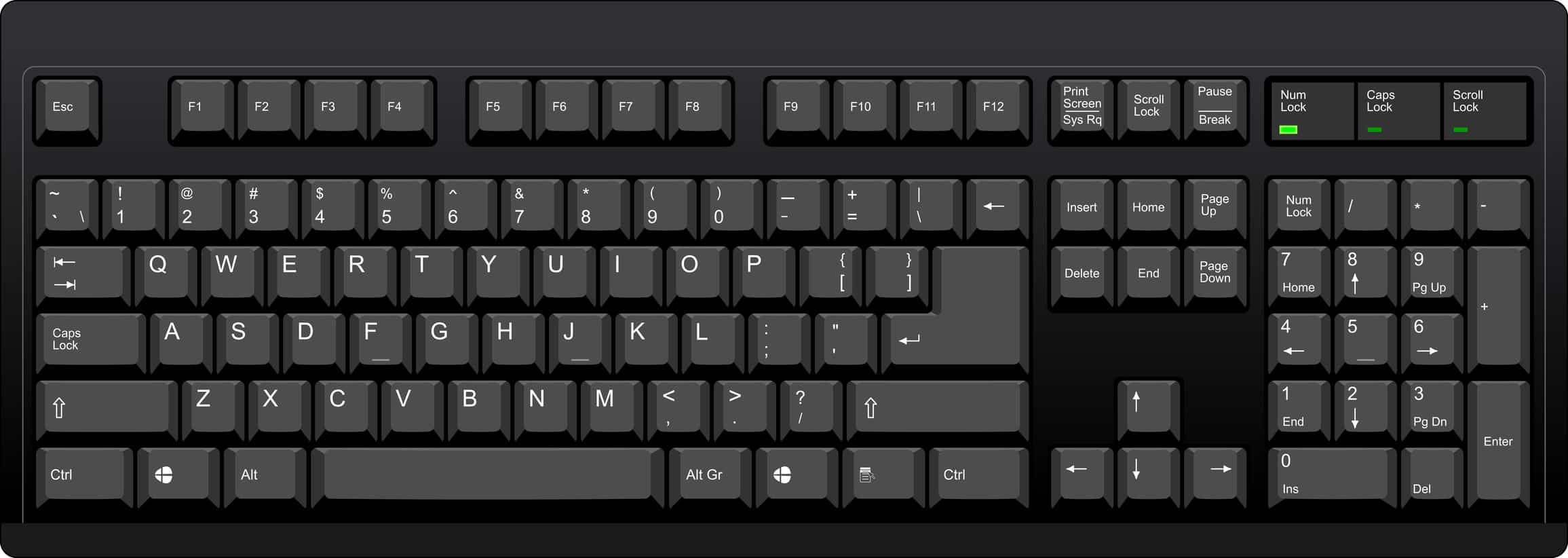


The backspace being accessible by your left hand’s pinky is a lot more useful than having to reach to the top right of your keyboard.Ĭhanging the layout first involves making some changes to your OS, maybe your keyboard and then training yourself to get used to the new layout. Another interesting change is switching the Caps Lock with the Backspace. There is an additional alphabet on the middle row on the far right, and the colon / semi-colon keys move to the top row instead. In fact, most of the changes take place in the centre and top character key rows. The Z X C V B keys don’t move from their current location. Fortunately, the most common shortcuts stay the way there are with Colemak. You need to train your brain to adapt to the new layout or reassign shortcuts to the existing layouts. One of the issues of switching layouts means existing keyboard shortcuts don’t work anymore. The layout resembles existing QWERTY layouts, but it makes improvements where it matters. The layout that takes the crown however is called Colemak.Ĭolemak is relatively newer, and it’s easier to adapt as well. Estimates are that you can be more than 60 per cent faster typing on a DVORAK keyboard. A lot of tests and demonstrations have shown that DVORAK is a lot better than QWERTY. Once you do that, you depend entirely on the new layout. For one, switching to a new layout requires a lot of unlearning and getting used to it. Make no mistake, it is better than QWERTY but it’s not the best. The vowels are all clubbed to the left side of the keyboard too. Take for example, the symbols and punctuation signs, have been moved to the top-left end of the keyboard. One look at it and it should be obvious that’s it is very different. It’s drastically different from the QWERTY keyboard. The most popular keyboard layout of late is DVORAK. If revisions and improvements were made through time, we might have been using a much simpler, efficient layout today. This is inefficient and it’s responsible for a large part of the stress on our fingers. If you pay close attention to your hands as you type, you should notice your fingers travel across the keyboard to punch the keys in. It doesn’t line up most commonly used characters close enough. We’re still using it to this day, despite decades of developments in technology. It soon became a way of life, and there was strong emphasis on training people using that layout. In fact, QWERTY was created the mid-1800s and was used in early typewriters. We have been using it since the time we used our first computer or phone. We use it because we’re habituated to it. Why do we use the QWERTY layout though? It might not even be the fastest way around a keyboard.
#Alternatives to qwerty keyboard layout tv
It’s on your phone, your laptop, your PC, even your Smart TV keyboard uses a QWERTY layout. ~ ` ! 1 2 # 3 $ 4 % 5 ^ 6 & 7 * 8 ( 9 ) 0 _ - + = Backspace Tab Q W E R T Y U I O P ] | \ Caps Lock A S H T G Y N E O I " ' Enter Shift Z X M C V K L. This chart shows relative key frequencies as a heatmap. The classic QWERTY keyboard layout is an unfortunate historical accident and is not optimal, and that is why the other layouts were invented. It was the first to use the QWERTY keyboard layout as we know it today, giving users the option to type upper and lower case letters, moving between the two by use of a “Shift” key. This new machine was released in 1877 and was hugely successful. 1 and was a commercial failure failing to sell in large numbers.Īfter receiving feedback, the Remington company updated the machine to create the Remington No. The machine was produced under licence in 1875 by the New York based arms manufacturer, Remington and Sons. Sholes redesigned the arrangement to separate the most common sequences of letters like “th” or “he”. If a user quickly typed a succession of letters whose type bars were near each other, the delicate machinery would get jammed. The type bars connecting the key and the letter plate hung in a cycle beneath the paper. The popular theory states that Sholes had to redesign the keyboard in response to the mechanical failings of early typewriters.

An amateur inventor, politician, printer and newspaper man in Milwaukee by the name of Christopher Latham Sholes, often spent his spare time tinkering with and creating new machines to make his businesses more efficient.


 0 kommentar(er)
0 kommentar(er)
